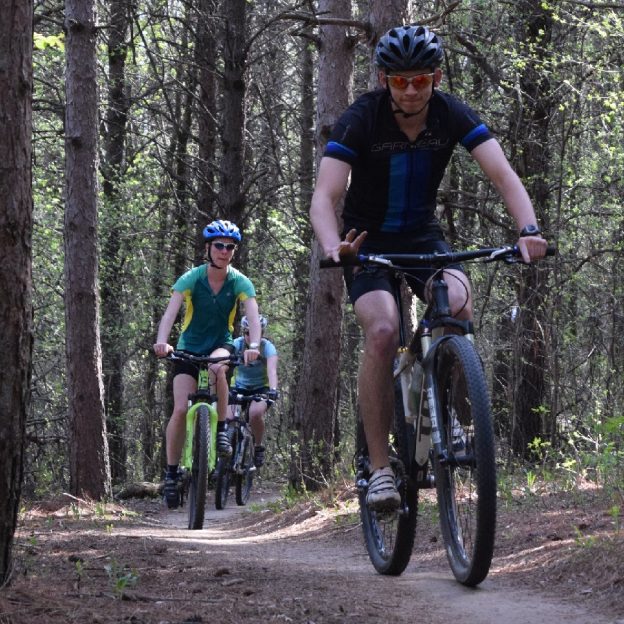Tag: trail bikes
-

Standard hybrid bikes are still popular for casual riding
If e-bikes are out of your price range, or you just want a low-tech ride, let’s look at the basics. Trail bikes, fitness bikes, hybrid bikes, and dual-sport bikes all fall into the same category of bicycles. Although these bikes all occupy the same category, they have very different uses. Read on to find out…
-

Mountain Bikes: What is best for you and the terrain you will ride
Mountain Bikes (MTB) may all look similar, however if you are planning on purchasing a new one there are some substantial differences between them. First lets take a look at the “It looks like a mountain bike” version, then we will look at a true mountain bike.
